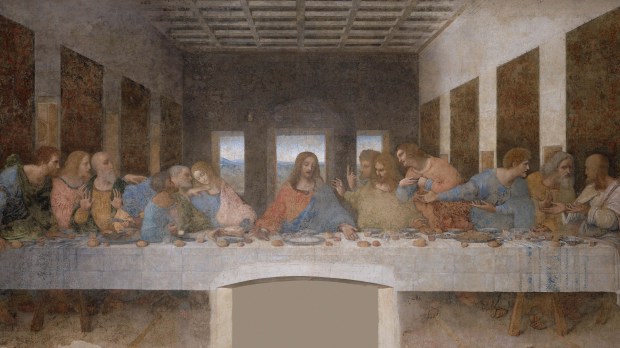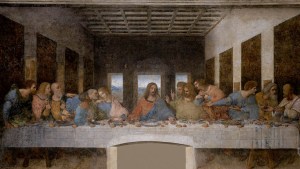Lenten Campaign 2025
This content is free of charge, as are all our articles.
Support us with a donation that is tax-deductible and enable us to continue to reach millions of readers.
The late Pinin Brambillawas one of the world’s leading authorities on preservation and restoration of Italian Renaissance frescoes. She died at the age of 95, 20 years after finishing what might have been one the most important tasks in her career: the restoration of Leonardo’s Last Supper. She began working on it in 1977, finished it in 1999, and died on December 14, 2020. In total, she spent 21 years working on the masterpiece.
Many tried to save Leonardo’s work before, but everyone failed. Since Leonardo finished this work in 1498, six restorers had worked on it. They only managed to change the physiognomy, characteristics, and expressions of the apostles – and even of the central figure, Jesus himself. Only Brambilla was able to restore the imposing 15-foot-tall mural painting decorating the refectory wall in the monastery of the Church of Santa Maria delle Grazie in Milan.
“When I first saw it [Leonardo’s mural], I could not believe my eyes,” Brambilla told BBC’s Mike Lanchin back in 2016. “You couldn’t see the original painting: It was completely covered by plaster and layers of paint. It had five or six layers on top. I had to ask myself if this was a Leonardo or not, because it was completely unrecognizable […] What we were looking for with our restoration was to recover the original features of each character. And that was very exciting.”
Leonardo’s failed experiment
The mural began to deteriorate the moment it was finished. And it was Leonardo’s own fault: He dismissed the traditional fresco painting technique, which requires the artist to apply paint to a layer of still-wet lime mortar. The technique makes the pigment stick to the wall, but requires the artist to work quickly, before the plaster dries up. Leonardo’s attentiveness to detail and perfectionism were incompatible with the haste fresco painting demands, so he decided to apply an experimental technique that consisted of painting with tempera or oil on a dry plaster surface.
As the pigments were not permanently attached to the wall, they soon began to flake off.
Many other circumstances also damaged the masterpiece. The wall of the refectory where the mural is painted absorbed the humidity of an underground stream running under the monastery – a detail that Leonardo was unaware of. It also suffered from the smoke and steam emanating from the nearby kitchen. Napoleon’s army used the building as a stable. And, during World War II, an Allied bomb fell on the convent.
And still, as explained by the BBC, Brambilia’s worst enemy were the “unfortunate preservation efforts that had been made to save it.”
By removing centuries of dubious restorations, “lines that were crude and inexpressive became delicate and refined. Now you could clearly see the food on the table, and the wrinkles on the tablecloth.” And whereas some critics believe that the restoration took too much paint off the work, others say that it is almost as it was when Leonardo finished it.



